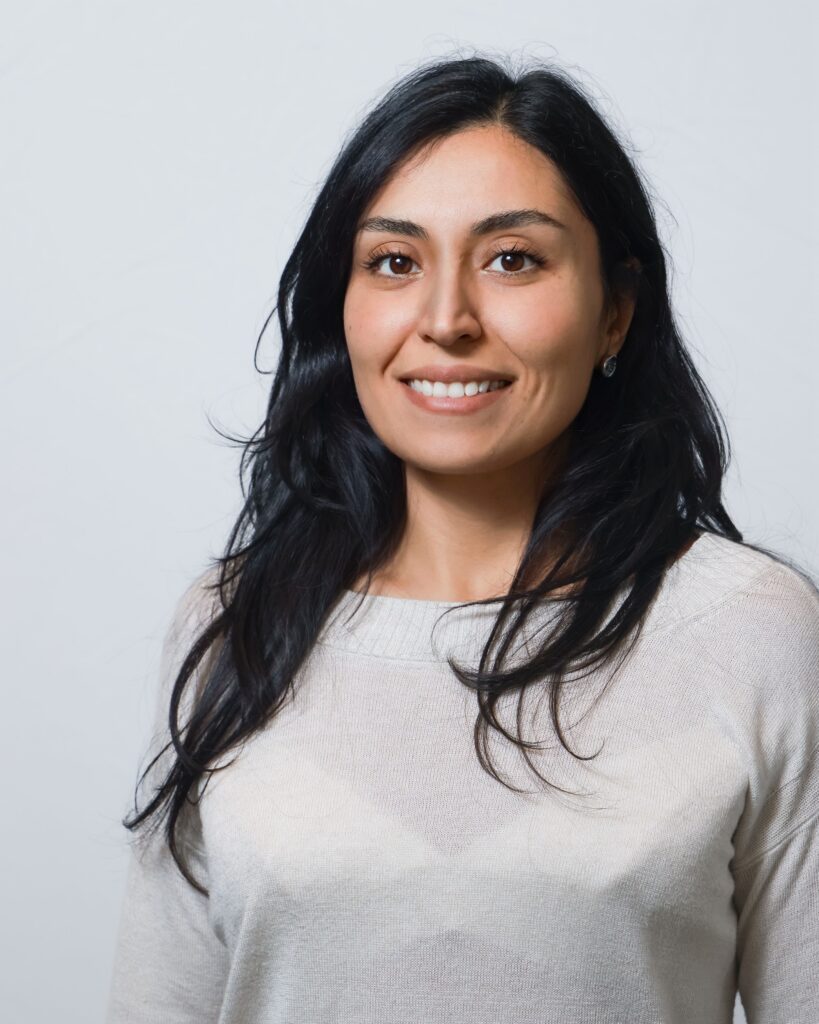Creating effective drug delivery systems for the inner ear – essential for treating hearing loss – will be made more possible with the addition of Adele Moatti, PhD, to the Department of Otolaryngology-Head & Neck Surgery at the University of Pittsburgh and the Pittsburgh Hearing Research Center (PHRC).
“Her expertise and excellence in inner ear drug/gene delivery will be crucial for translating our basic research findings towards curing hearing loss,” said Thanos Tzounopoulos, PHRC Director.
Dr. Moatti’s background is in Materials Engineering, where she received her PhD at NC State University. Her research has primarily focused on optimizing novel thin films and nanoengineered materials with healthcare applications. She later transitioned into biomedical research, during her postdoc, expanding her expertise in advanced 3D imaging and drug delivery systems. Her work includes developing drug delivery models in large animals, such as domestic pigs, and using extracellular vesicles as carriers for inner ear drug delivery.
In fact, she got involved in the hearing loss field during her postdoc when one of her collaborators was working with a transgenic pig model expressing LGR5, a stem cell marker typically found in the lung and gut. Around that time, a significant paper was published discussing LGR5 as a progenitor of hair cells in the inner ear.
“This discovery sparked our excitement, leading us to explore the porcine inner ear, even though there was limited information available about it in this model,” Moatti recalled. “We took on the challenge of characterizing the inner ear and examining the LGR5 expression pattern during development. This marked the beginning of my journey into studying the inner ear and hearing loss.”
Several things about this new role appeal to Dr. Moatti. “I’m excited about the interdisciplinary nature of this work and the potential it has to make a real difference in people’s lives,” she said. She is also eager to collaborate with the “brilliant minds at Pitt to push the boundaries of what’s possible in this field.”
